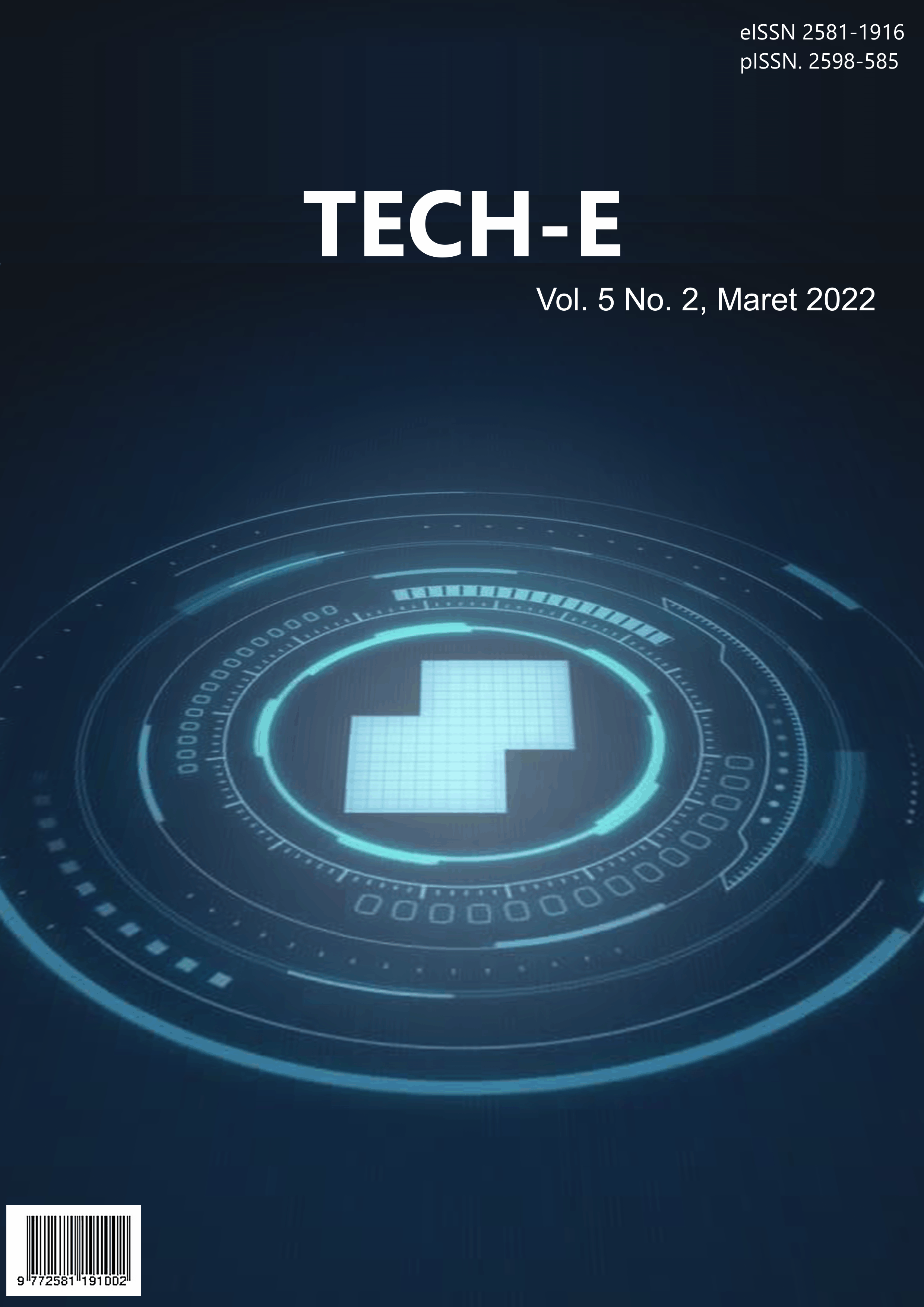Classification of Mint Leaf Types Based on the Image Using Euclidean Distance and K-Means Clustering with Shape and Texture Feature Extraction
Main Article Content
Abstract
Mint is a plant that has many benefits and uses. However, some people are not familiar with the types of mint leaves because they cannot tell the difference. Actually, if you look closely, mint leaves have their own characteristic shape and texture. However, most people judge mint leaves to have a shape similar to other leaves so it is difficult to tell them apart. This paper aims to classify the types of mint leaves using the Euclidean distance algorithm and K-Means clustering with shape and texture feature extraction. The K-Means Clustering Algorithm functions as a segmentation so that the image to be classified can be separated from other objects. In the feature extraction process, metric and eccentricity parameters are used. Meanwhile, for texture feature extraction, use the parameters in the Gray Level Co-occurence Matrix (GLCM). Furthermore, the classification process uses the Euclidean Distance algorithm which has a function to represent the level of similarity between two images by taking into account the distance value from the identified image. Based on the results of the evaluation using a confusion matrix by calculating precision, recall and accuracy, the precision value is 82%, recal is 84% ​​and accuracy is 83%.
Downloads
Article Details
The Authors submitting a manuscript do so on the understanding that if accepted for publication, copyright of the article shall be assigned to journal Tech-E, Universitas Buddhi Dharma as publisher of the journal.
Copyright encompasses exclusive rights to reproduce and deliver the article in all form and media, including reprints, photographs, microfilms and any other similar reproductions, as well as translations. The reproduction of any part of this journal, its storage in databases and its transmission by any form or media, such as electronic, electrostatic and mechanical copies, photocopies, recordings, magnetic media, etc. , will be allowed only with a written permission from journal Tech-E.
journal Tech-E, the Editors and the Advisory Editorial Board make every effort to ensure that no wrong or misleading data, opinions or statements be published in the journal. In any way, the contents of the articles and advertisements published in the journal Tech-E, Universitas Buddhi Dharma are sole and exclusive responsibility of their respective authors and advertisers.
 Abstract views: 661
/
Abstract views: 661
/  PDF downloads: 470
PDF downloads: 470

